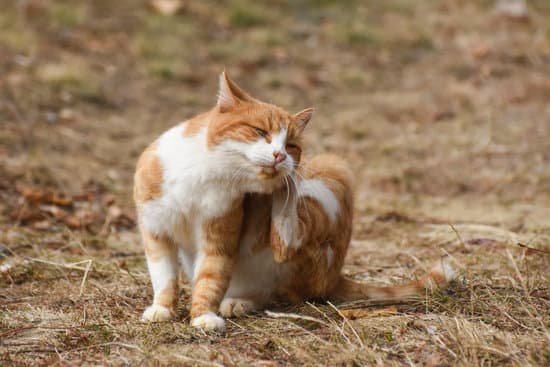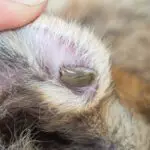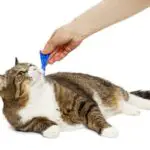How Do Fleas Work?
Fleas need a host to survive and feed. Newly emerged fleas need food within a few days, while adults can go weeks or even months without feeding. Pupae remain in a cocoon for up to a year. They wait for the right conditions to emerge from the cocoon, including heat, vibrations, and presence of a host. After they emerge from the cocoon, they feed on the blood of their host.
Fleas lay eggs after feeding on a warm-blooded animal. These eggs are resistant to freezing temperatures, and the adult flea can lay up to 2,000 eggs in her lifetime. Flea eggs are usually laid in clusters of twenty. They rarely remain on the host, but instead roll off into a home or lawn. Fleas can live up to two weeks in the wild, depending on the food sources.
Fleas can cause a number of illnesses in humans and pets. The saliva they inject into a wound causes irritation. Humans and animals will scratch the affected area, which itches and sometimes causes them to scratch raw. Fleas also defecate after eating, leaving behind a substance known as flea dirt.
Adult fleas lay eggs in the fur of their host. These eggs then fall on the ground around a pet. When the eggs hatch, the larvae stage feeds on the blood of the host. The adult flea will then emerge from the larvae and live in the host’s body.







